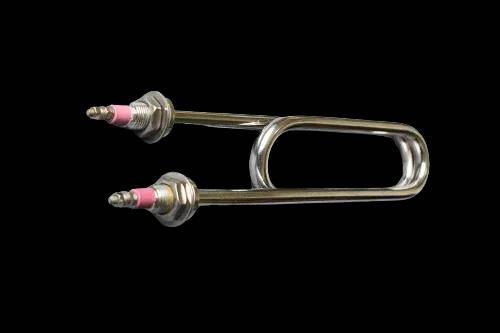
Article Sharing | Methods for Controlling the Temperature of Heating Tubes

1. Temperature Controller (Thermostat) Control
A temperature controller is a commonly used device for temperature regulation. It receives signals from temperature sensors (such as thermocouples or infrared temperature sensors) and adjusts the power of the heating tube accordingly to control the heating temperature. This method is widely applied in various heating systems.
2. PLC Control
Programmable Logic Controllers (PLCs) can be integrated into temperature control systems for complex logic control and temperature setpoint adjustments. Based on pre-set programs, PLCs process feedback from temperature sensors and manage the operating status of heating tubes to achieve the desired temperature.
3. Solid-State Relays and Voltage Regulators
These electronic components can directly control the power supply to heating tubes by adjusting the voltage or current applied to them, thereby regulating heat output. Solid-state relays are suitable for on/off control, while solid-state voltage regulators enable continuous adjustment. Both can be used in conjunction with temperature controllers or other control systems.
4. PID Controller
Proportional-Integral-Derivative (PID) controllers are advanced closed-loop control systems that dynamically adjust based on temperature errors. They allow for faster achievement of the target temperature and maintain stability. PID control is often used with temperature sensors to provide highly precise temperature regulation.
5. Thermocouples and Temperature Sensors
A thermocouple is a type of temperature sensor that converts temperature changes into electrical signals. These signals can be read by PID controllers or other control systems to achieve temperature regulation. Additionally, infrared temperature sensors offer a non-contact method for temperature detection, making them suitable for monitoring heating systems.
6. Power Regulators
Power regulators adjust the power output of heating tubes based on signals from controllers, enabling fine-tuned temperature control. This equipment can reduce power surges, improve energy efficiency, and extend the lifespan of heating systems.
Source and Disclaimer
The content of this article is compiled from online sources, and the copyright belongs to the original authors. This platform is for sharing and informational purposes only. If there are any concerns regarding infringement, please contact us for removal.
---
This translation simplifies technical terms and ensures clarity for an international audience. Let me know if you need further adjustments!


